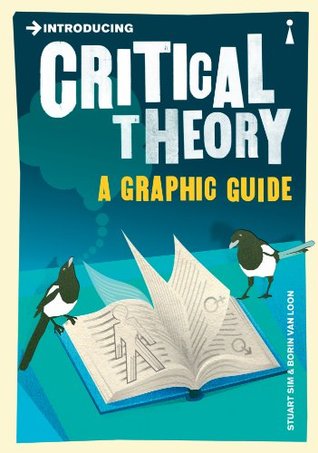More on this book
Kindle Notes & Highlights
by
Stuart Sim
Read between
July 24 - August 7, 2022
“Critical theory” is an amalgam of philosophical and social-scientific techniques (often making extensive use of statistical questionnaires in its inquiries) that had wide-ranging applications.
Hegemony in Western civilization had all but destroyed the possibility of political dissent under a glossy appearance of mass culture “consent”. This was a theme explored in the work of Marcuse.
Both are also therapists. Marx sought a cure for “economic illness” in the historical process of class struggle and revolution. Freud, circa 1900, broke away from neurological psychiatry to pursue a cure for neurotic disorders by a process of self-knowledge. For both of them, humanity’s “structural defects” are real, serious but not inescapable. There is a margin of freedom to be gained by active self-knowledge.
Marxian dialectics and Freudian psychoanalysis equally emphasize a hidden agenda beneath our surface dimension – things are not what they seem.
The essential idea for critical theory is that there is nothing accidental in a text – in the widest sense of text as production.
Paganism demands that we make each judgement on a “case-by-case” basis with no over-arching system of rules to guide – or in any way constrain – our deliberations.
“felicific
doctrinaire
Marx was the first himself to say that his philosophy would be shed by changing historical circumstances. He is therefore as a thinker open to multiple interpretation and not some set body of doctrine to be followed blindly by acolytes no matter what the political situation.
interpellate
the “system” only works because we pretend to ourselves that it does. We fill in the gaps and disguise the contradictions, not some political élite on our behalf.
Subaltern
Critical theory is an innately pluralist exercise. It presents us with a range of possible methods and perspectives by which to analyse not only cultural artefacts but also their contexts – social, political, historical, gender, ethnic. Pluralism is very much the current cultural paradigm in Western culture. Critical theory helps to reinforce this by fostering debate between various readings and “multiple interpretations”.


